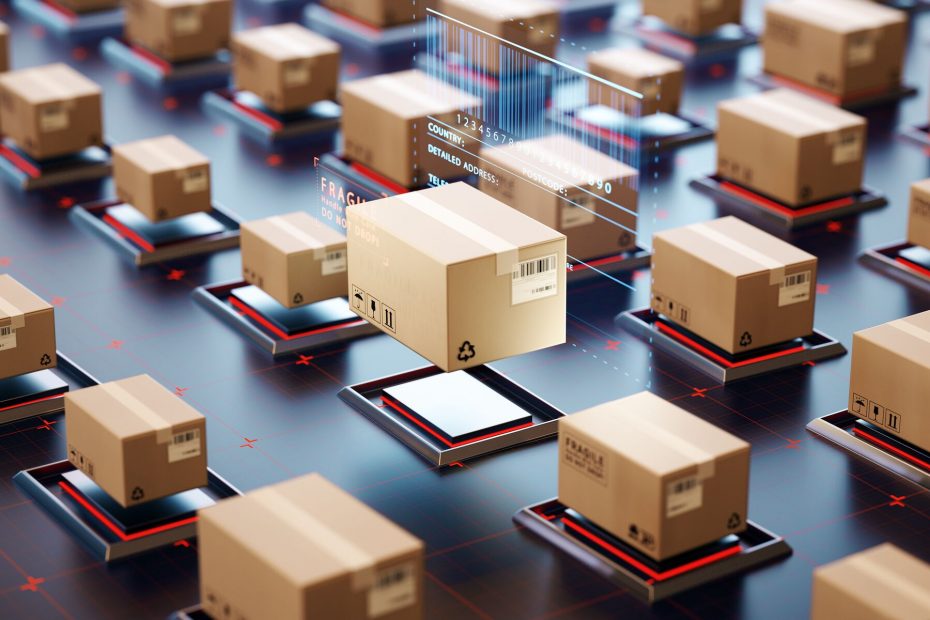The digitalization and automation of processes is also rapidly gaining importance in intralogistics. Suitable software solutions help to increase the efficiency of in-house processes.
The event on October 13, 2022 showed that intralogistics occupies an important position as a cross-sectional function within a company. In this context, it encompasses the organization, control, execution and optimization of the internal flow of materials, information flows and the handling of goods in industry.
For an optimal material flow within the production as well as within the enterprise as a whole, the smooth and adaptable interlocking of different systems and components is necessary. A survey conducted in advance among the participants of the exchange of experience came to the conclusion that the following intralogistics solutions are already in use: A good 50 percent of respondents stated that they already rely on cloud solutions in intralogistics and just under 30 percent on driverless transport systems. To a lesser extent, solutions based on artificial intelligence or low code are used (just under 20 percent each).
Florian Klein, speaker for the VDMA Software and Digitalization, presented the range of services offered by the trade association in the field of intralogistics. The tenor was that IT systems contribute to more transparency in intralogistics. Achieving this transparency is not easy, as supply chains are characterized by a high level of complexity and the digitization of the entire supply chain also involves a high level of effort. This effort can be reduced by new technologies. Opportunities arise here, for example, for intralogistics through new technologies such as blockchain, low code and robotic process automation.
Dr. Jan Schäpers, Managing Director of HEGLA-HANIC GmbH, presented a practical example of a software solution for intralogistics in the flat glass processing industry. Based on his example, it became clear that, in addition to a good software solution, the two factors “interfaces” and “quality of data” are decisive. Depending on the framework conditions (existing factory or new factory on the “greenfield”), the challenges for the introduction of a new software solution are greater or smaller.
Sales engineer Mark Lüttmann from Bosch Rexroth AG used another company example to show how digital store floor management can succeed with the “ActiveCockpit” software solution. He addressed the current challenges in intralogistics: increasing international competitive pressure and the associated constant increase in the efficiency of internal processes. On the one hand, progress can be made by digitizing processes on the store floor, but on the other hand, it is also important to ensure that in-house processes are also reviewed in terms of lean thinking:Lean management is the leading concept used by companies to reduce waste in processes, increase productivity and continuously improve processes – and should be taken into account before or during the introduction of the software. The bottom line for intralogistics is that greater overall resilience and transparency can be achieved by capturing and analyzing data from the entire supply chain.
Organizer
The event was offered by ProduktionNRW. ProduktionNRW is the competence network for mechanical engineering and production technology in North Rhine-Westphalia and is run by VDMA NRW. ProduktionNRW sees itself as a platform for networking, informing and marketing companies, institutions and networks among themselves and along the value chain. Significant parts of the services provided by ProduktionNRW are funded by the European Regional Development Fund (ERDF).


